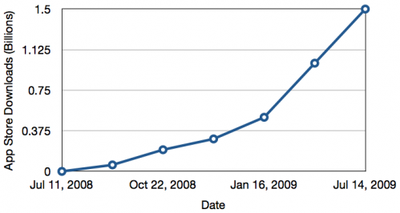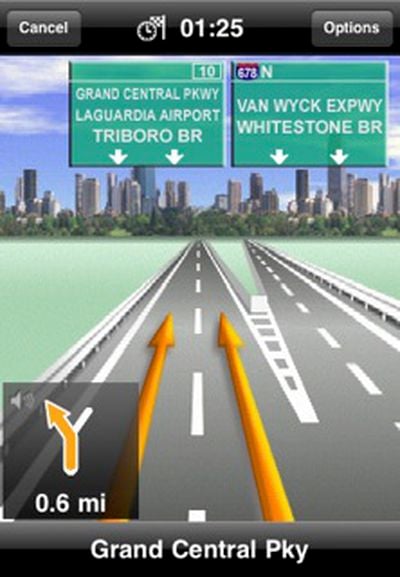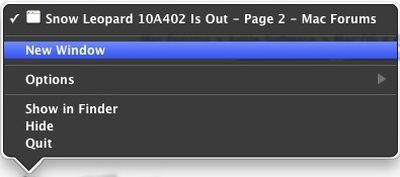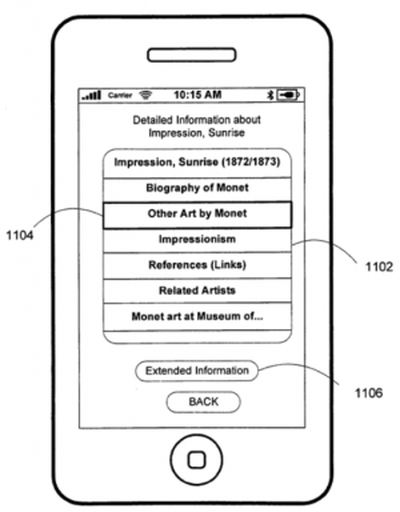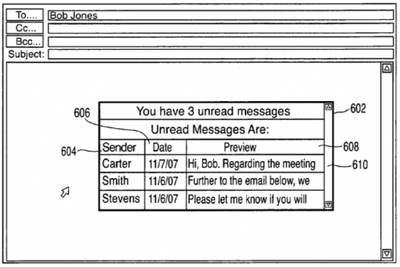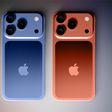Microsoft yesterday announced at its Worldwide Partner Conference 2009 that its forthcoming Office 2010 suite will gain a web-based component offering free, ad-supported access to browser-based versions of Word, PowerPoint, Excel and OneNote to anyone with a free Windows Live account. Notably, the online versions will be compatible with Internet Explorer, Firefox, and Safari.
Wired provides an overview of what users should expect from the web-based version of Office 2010 when it launches alongside the paid desktop version early next year. In short, Wired cautions users that the web-based Office applications will serve in practice more as an enhancement to the desktop version than as an everyday document editing suite.
We won't get our hands on Office Web Apps for another month, but what we do know is that they will be lightweight, dumbed-down versions of their desktop counterparts. They will remain closely tied to, and largely dependent on, the Windows desktop. This is understandable, since Office for the PC desktop has proven to be Microsft's most valuable cash cow behind its Windows desktop and server products.
So while its competitors are gaining steam with full-blown productivity applications that run completely in the browser -- namely Google Docs and start-up Zoho with its office suite -- Microsoft is still firmly entrenched in the "software plus services" camp.
The Office Web Apps will reportedly provide "lightweight" editing capabilities and viewing that offers proper formatting of documents. Real-time collaboration will be supported for Excel, allowing users to see each others changes as they are made. Collaboration support for Word and PowerPoint will not be included in the initial release.
The paid desktop version of Office 2010 will initially only be available on Windows platforms, as the Mac Office suite follows a different development cycle and is not expected to be revised until late 2010 or more likely 2011. Consequently, while Mac users will be able to take some advantage of the web-based tools deployed in Office 2010 on a standalone basis, they will not be able to utilize the integrated Office experience until the next version of Office for Mac is released.



